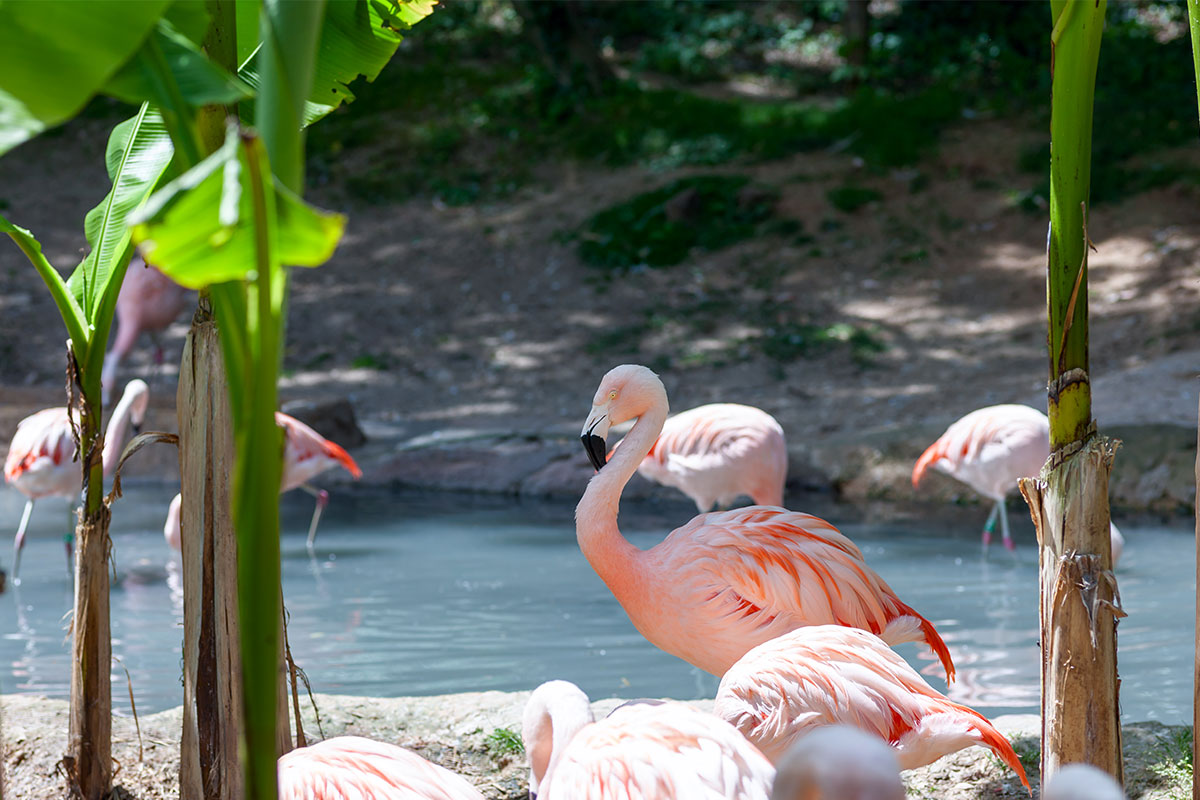Adaptations: The Key to Survival
The natural world is filled with examples of incredible adaptations that animals have developed to survive in their environments. These adaptations can be physical, behavioral, or physiological, and they allow animals to thrive in a variety of habitats, from the frozen tundra to the deep ocean.
Camouflage is one of the most well-known survival strategies. Animals like chameleons and octopuses can change color to blend in with their surroundings, making it harder for predators to spot them. This ability to disappear into the background can mean the difference between life and death.
Other animals, such as polar bears, have adapted to extreme climates. With their thick fur and insulating fat layers, polar bears are well-suited to the cold Arctic environment. They are also powerful swimmers, allowing them to hunt seals in icy waters.
Desert animals, on the other hand, have evolved to survive in hot, dry conditions. Camels store fat in their humps, which can be converted into water and energy when resources are scarce. Their ability to go for long periods without water is crucial for survival in such harsh environments.
Behavioral adaptations are equally important. Some animals migrate to avoid harsh weather, while others hibernate to conserve energy during times of food scarcity. Birds like the Arctic tern travel vast distances each year to ensure they have access to food in different seasons.
